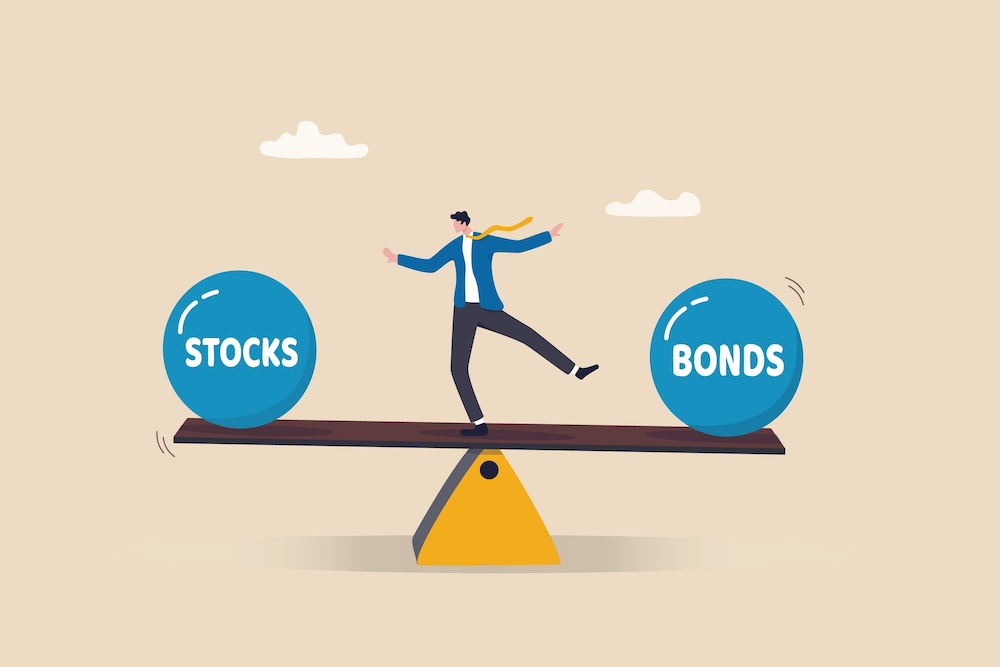In my last column, I discussed the growing fears – and claims – that a stock market crash is imminent.
I disagree with this view for several reasons…
- Equity valuations are not particularly stretched.
- Investor sentiment is not euphoric, as it generally is near market tops.
- The Securities and Exchange Commission (SEC) has instituted circuit breakers that halt trading if the market declines precipitously in a single session, giving investors and institutions time to assess the situation and act rationally rather than emotionally.
However, while a market crash is a low probability event in my view, no one can argue that it’s not possible.
Given this reality, what can investors do to protect themselves in advance?
Well, you could move your portfolio entirely to cash.
That might seem like a good idea in the short term, especially if the stock market starts heading south.
In fact, this has particular appeal in some quarters today with the Vanguard Federal Money Market Fund (VMFXX) yielding 5.3%.
But there’s a glaring problem with this approach, and it’s this: The stock market’s next big move may be up… not down.
History shows that stocks often move sharply higher without warning and for an extended period, perhaps months or years.
That puts would-be market timers at a dangerous crossroads.
Having missed a significant rally, should they get back in and risk a sudden correction?
Or should they stay out and risk missing an even bigger rally… while facing more severe consequences for answering that first question wrong?
Over the years, I’ve known plenty of investors who got out of the market, were too fearful to get back in, and settled for years – sometimes decades – of subpar returns.
I’ve known others who missed almost an entire bull market, then finally threw in the towel and bought back in just before the next bear market began.
There has to be a better way. And, indeed, there is.
Smart investors don’t flee the market. They adjust their asset allocation.
Your asset allocation refers to your portfolio’s diversification outside the stock market.
To keep this discussion simple, let’s consider the basic 60-40 split, a portfolio that is invested 60% in stocks and 40% in bonds.
While both stocks and bonds have been hurt lately by rising interest rates, bonds are considerably safer than stocks, at least in the short run.
If you are concerned about a potential stock market crash, you could make your asset allocation 50-50… or even 40-60 (40% stocks and 60% bonds).
Either way, your portfolio will decline less in the event of a bear market or crash.
(Especially since the Federal Reserve’s first move after a crash would be to slash interest rates, driving bond prices higher… and money market yields lower.)
Of course, it goes without saying that a more conservative stock allocation won’t hold up as well as a portfolio that is 100% in cash.
But being totally in cash puts you right back in the original dilemma.
Whatever degree of confidence you have in someone’s market forecast, the reality is that no one can accurately and consistently predict what the market will do next.
What if your inkling – or your financial advisor’s inkling – about a severe market sell-off doesn’t materialize?
In short, what if you’re wrong?
It’s a question that more investors should spend time thinking about.
And while you’re pondering, think about this…
People tend to feel the most fear, the most regret, the most anxiety – about a crash or a severe sell-off – near market bottoms, not market tops.
If we are closer to the nadir than the pinnacle – and let’s recall that the last top was nearly two years ago – you should be increasing your allocation to equities, not decreasing it.
It surprises many investors to hear this, but I’ll say it anyway…
Corrections – like the one we’re in now – bear markets and full-blown crashes are blessings in disguise.
But it takes a bit of contrarian thinking, a rational mindset and a mid-to-long-term perspective to appreciate it.
As I’ll discuss in my next column…
